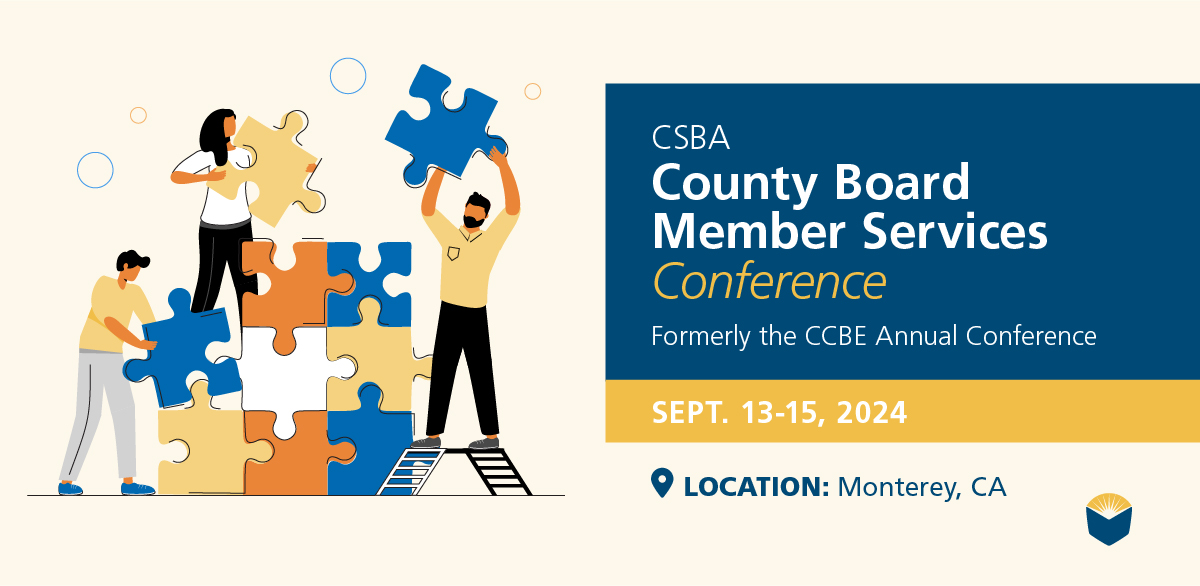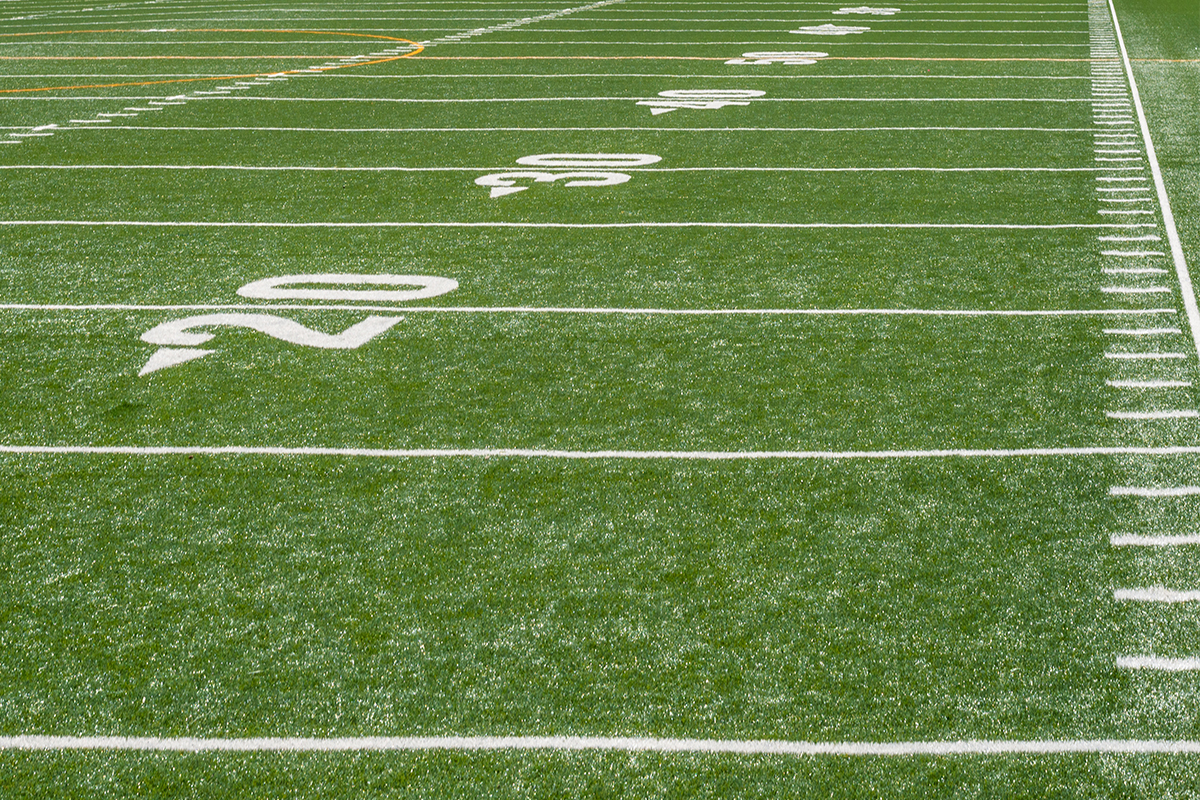by Nathaniel Browning, Policy and Programs Officer
Having to ask for a glass of water at California restaurants is becoming commonplace. In light of the ongoing drought, many restaurants have adopted a policy of not automatically setting out water unless patrons request it. But consider a scenario in which you would be required to get up from the table and walk to the nearest water fountain, wait in line with all the other diners, and take sips from an unappealing traditional water fountain. Such an experience would likely deter you from drinking water during your meal at all.
The experience illustrated above is not unusual for many students in California schools.
The suitable access and promotion of free, appealing and safe drinking water during meal times, and throughout the entire day, is important. Proper water consumption ensures students stay healthy and hydrated. It has also been associated with reduced risks of obesity, diabetes and dental decay. Drinking proper amounts of water improves the physical and cognitive motor functioning, energy levels and mood and overall achievement of students.
Recent reports show that approximately one in four schools in California do not meet the legal requirements set forth by California Education Code 38086 (SB 1413, Leno) and the National School Lunch and Breakfast Program requiring the availability of free potable water during meal times. Studies have found that traditional drinking fountains are still the primary delivery system for student drinking water today. However many perceive them as inadequate, unclean, unhealthy, and poorly maintained.
To address the issue, many districts and schools across California are retrofitting existing water fixtures with updated systems to make them more appealing to students. They are also increasing water access. Some are installing new state-of-the-art hydrating stations and providing every student with reusable bottles, while others are providing plastic pitchers of water and paper cups at each lunch table. These are just some examples of numerous ways that districts can improve water access for their students. There are also a number of resources and examples of successfully funded and implemented school water programs across the state for those interested in learning more, such as the Water Works Guide: A Guide to Improving Water Access and Consumption in Schools to Improve Health and Support Learning.
Imagine the frustration of excusing yourself from the table for a drink of water next time you dine out, and consider the importance of encouraging your district to provide its students with increased access of free, appealing and safe drinking water during mealtimes and throughout the day. Increasing water access is a simple approach to improving student health, achievement and overall school climate.
Nathaniel Browning is a Programs & Policy officer with the California School Boards Association.







Be the first to reply